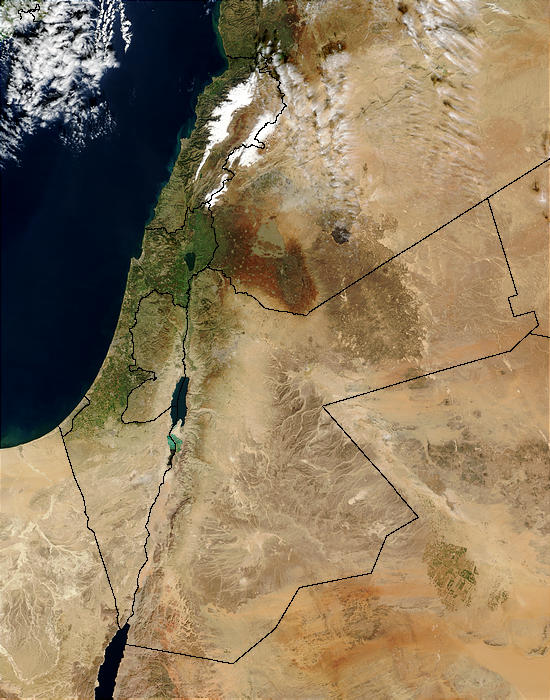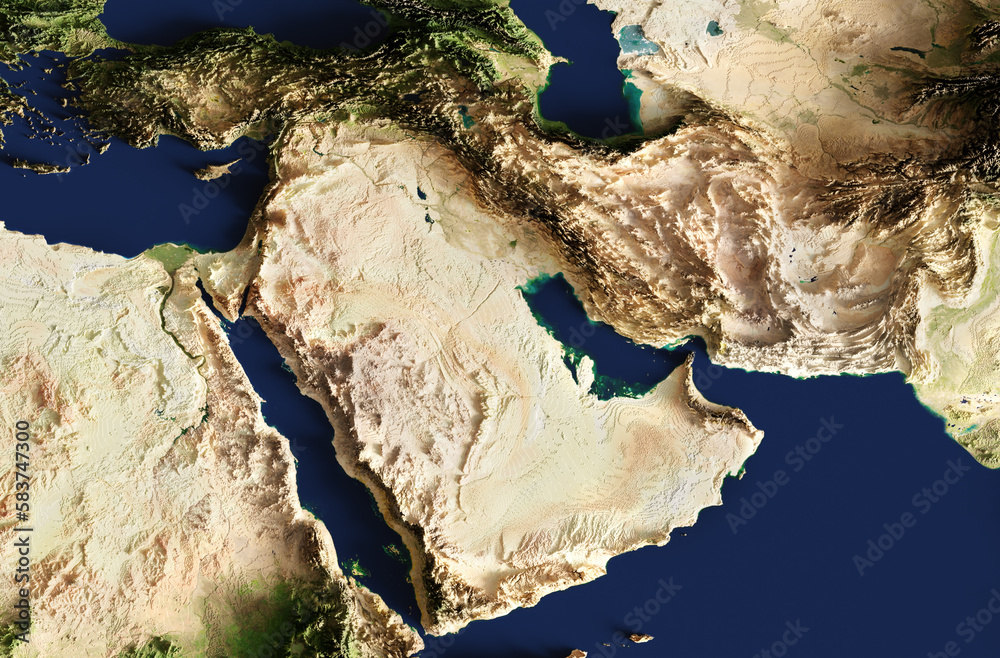Israel's Strike on Iran: June 13, 2025
- Targets: Israel struck nuclear facilities, missile production sites, and killed several high-ranking Iranian military commanders, including Hossein Salami, a top commander of Iran’s Revolutionary Guards Corps (IRGC). The strikes also reportedly disabled critical air defenses using kamikaze drones launched from within Iran and targeted missile launchers.
- Execution: The operation involved Israeli Air Force fighter jets and precision-guided weapons, with some reports suggesting Israeli intelligence operatives coordinated drone strikes deep inside Iranian territory. The attacks were described as a prolonged campaign, with Israel warning of further action if Iran retaliates.
- Impact: Iranian state media reported damage to military sites but did not specify the extent. The closure of Iranian airspace and the death of key commanders suggest significant disruption to Iran’s military capabilities. Iran’s immediate counterattack capacity is reportedly delayed as it reorganizes its forces.
- Regional Effects: Airspace over Iran, Iraq, Israel, and Jordan was closed, causing thousands of flight cancellations and diversions. Tel Aviv’s Ben Gurion Airport shut down, and Israeli carriers like El Al, Israir, and Arkia moved planes out of the country. Major airlines, including Emirates, Lufthansa, Air India, and Qatar Airways, suspended or rerouted flights, with traffic diverted over Saudi Arabia, Egypt, or Central Asia.
- United States: The Trump administration distanced itself from the strikes, with President Donald Trump stating the U.S. was not involved but suggesting Iran’s refusal to negotiate a nuclear deal provoked the attack. Trump urged Iran to “make a deal” to avoid further destruction, while U.S. Secretary of State Marco Rubio warned Tehran against targeting U.S. interests.
- European Union: EU leaders, including Germany and France, condemned the escalation and urged restraint. Lufthansa suspended flights to Tehran and avoided Iranian, Iraqi, and Israeli airspace.
- Arab States: The UAE, Qatar, and Oman strongly condemned Israel’s actions, with the UAE calling for a UN Security Council ceasefire. Saudi Arabia had not issued a specific statement by 09:20 AM CDT, but its airlines avoided Iranian airspace.
- Turkey: Turkey denounced the strikes as a provocation violating international law, accusing Israel of avoiding diplomacy.
- Russia: Russia’s aviation authority banned its airlines from using Iranian, Iraqi, Israeli, and Jordanian airspace until June 26, reflecting concern about regional instability. Russia’s Foreign Ministry urged citizens to avoid travel to Iran and Israel.
- Iran: Supreme Leader Ayatollah Ali Khamenei condemned the strikes as “wicked and bloody,” vowing a “bitter fate” for Israel. Iran reported launching approximately 100 drones toward Israel in retaliation, which Israel’s military is working to intercept.
- Immediate Retaliation: Iran has launched about 100 drones toward Israel, which the Israeli military is actively intercepting. This suggests an initial retaliatory move, but the scale is smaller than Iran’s October 2024 missile attack.
- Strategic Constraints: The loss of key commanders and damage to air defenses and missile launchers may limit Iran’s ability to mount a significant direct counterattack. Reports indicate Iran is reorganizing its military, potentially delaying further action.
- Proxy Warfare: Iran may rely on proxies like Hezbollah, Iraqi militias, or the Houthis to retaliate, as it has in past conflicts. This approach allows Iran to avoid direct confrontation while maintaining pressure on Israel. However, Hezbollah’s weakened state could constrain this option.
- Diplomatic Posturing: Iran’s leadership may prioritize condemning Israel internationally while seeking to preserve its nuclear negotiations with the U.S. A restrained response could align with President Pezeshkian’s reformist agenda to secure sanctions relief.
- Best-Case Scenario: Iran limits its retaliation to the current drone attack or proxy actions, allowing both sides to de-escalate. Israel’s targeted strikes, avoiding civilian infrastructure, may provide Iran an opportunity to save face without further escalation.
- Worst-Case Scenario: If Iran launches a larger missile or drone attack, Israel could intensify its campaign, potentially targeting Iran’s remaining nuclear sites or oil facilities. This could draw in the U.S., given its THAAD deployment in Israel, and involve Iran’s proxies, risking a regional war. Axios reports U.S. concerns that Israel’s air defenses could be overwhelmed by a massive Iranian ballistic missile attack.
- Nuclear Risk: Israel’s strikes on nuclear facilities heighten the risk of Iran accelerating its nuclear program in response, though its current disarray may delay this. A future Israeli strike on enriched uranium sites could provoke a severe Iranian reaction.
- Regional Impact: Continued airspace closures and rising oil prices (already surging post-strike) could destabilize global markets. The Strait of Hormuz remains open, but shipowners are considering avoiding the region, which could disrupt oil supplies.
🔟 What’s next?
— Paramendra Kumar Bhagat (@paramendra) June 13, 2025
Iran vows “decisive” response. Both countries prepare for broader conflict—raising stakes across the Middle East .
Israel’s Ambition: Destroy the Heart of Iran’s Nuclear Program It may take days, or weeks, to assess how far Israel has set back Iran’s atomic capabilities. ....... When Prime Minister Benjamin Netanyahu said Thursday evening that Israel had struck “Iran’s main enrichment facility in Natanz,” he was signaling the scope of his country’s ambitions in the largest strike it has ever aimed at Iran: It sought to destroy the beating heart of the Iranian nuclear program.......... The Natanz facility is where Iran has produced the vast majority of its nuclear fuel — and, in the past three years, much of the near-bomb-grade fuel that has put the country on the threshold of building nuclear weapons. ........ There are no reports yet of whether Iran’s other major enrichment site, called Fordow, was targeted as well. It is a much harder target, buried deep under a mountain, deliberately designed to be out of Israel’s reach. ........... As a result, it may take days, or weeks, to answer one of the most critical questions surrounding the attack of Iran’s facilities: How long has Israel set back the Iranian nuclear program? If the program is delayed only a year or two, it may look as if Israel has taken a huge risk for a fairly short-term delay. And among those risks is not only the possibility of a long-lasting war, but also that Iran will withdraw from the Nuclear Nonproliferation Treaty, take its program underground, and race for a weapon — exactly the outcome Mr. Netanyahu was out to prevent. ......... History suggests such attacks have unpredictable results. Even the most ingenious attack on the program 15 years ago — a cyberassault that put malware into the system, destroying centrifuges — only slowed Iran for a year or two. And when the program came back, it was bigger than ever. ........ Iran has always maintained that its nuclear program is peaceful and that it is not pursuing a bomb, though no other country with only a peaceful program enriches large quantities of fuel to near bomb grade. ....... Over nearly 20 years, Israel and the United States have targeted the thousands of centrifuges that spin inside the Natanz facility, in hopes of choking off the key ingredient Iranian scientists needed to build a nuclear arsenal. Together the two countries developed the Stuxnet worm, the cyberweapon intended to make the centrifuges spin out of control. That operation, code named Olympic Games, was born in George W. Bush’s administration and flourished in Barack Obama’s until the operation was exposed. ............ And the centrifuges at Natanz continued to spin, until the 2015 nuclear deal with Tehran forced the country to give up 97 percent of its fuel and slow the enrichment at Natanz to a crawl. That agreement also capped the level of enrichment to a level useful for generating nuclear power but not sufficient to make a bomb. .......... But then President Trump pulled the United States out of the accord in 2018, calling the deal a disaster. And within a few years, Iran began revving up the facility, and putting new, far more efficient centrifuges in place. It increased enrichment levels to 60 percent purity — just shy of bomb grade. Experts said it would take only a few weeks to further raise the level to 90 percent, commonly used in atomic weapons. ........... Over the past few months, international inspectors have concluded, Iran sped up its enrichment. On Thursday night — Friday morning in Israel — Mr. Netanyahu used its recent progress to argue that Iran now has enough fuel for nine weapons and that the country could “weaponize” that fuel within a year. That accords with what inspectors reported a week ago. ............... But it is still too early to know how much damage Israel did. Natanz is not deeply buried, but the centrifuge halls are 50 yards or more beneath the desert, and covered by highly reinforced concrete. The question is whether the centrifuges were destroyed. .......... Israel’s attacks went beyond the facilities. It also sought to decapitate both the military and nuclear leadership. ........... For years, Israel targeted top nuclear scientists individually. Some were killed by sticky bombs attached to their car doors. The country’s chief nuclear scientist was killed in a robot-assisted assassination. But some of the strikes Thursday night appeared to wipe out their headquarters and living spaces, part of an apparent effort to kill the personnel en masse. ............ One mystery still surrounding the attack is whether Israel made any attempt to hit the deepest, most protected facility among its sprawling nuclear complexes: the enrichment center called Fordow. It is on an Islamic Revolutionary Guards Corps base, and is deep within a mountain — nearly a half-mile under the surface ........ American officials have said Israel does not have the bunker-busting bombs to get at that facility, where Iran’s most advanced centrifuges have been installed. And if Fordow survives the attacks, then there is a good chance the key technology of the country’s nuclear program will survive with it.
The 24 hour chart of Oil is proof that the United States knew and explicitly signed off on Israel’s bombing of Iran’s nuclear and military sites.
— Spencer Hakimian (@SpencerHakimian) June 13, 2025
Oil is trading at $68 yesterday at the close.
And then Israel launches their blitz on Iran.
And it momentarily looked like… pic.twitter.com/kvopJH2cwz






No comments:
Post a Comment